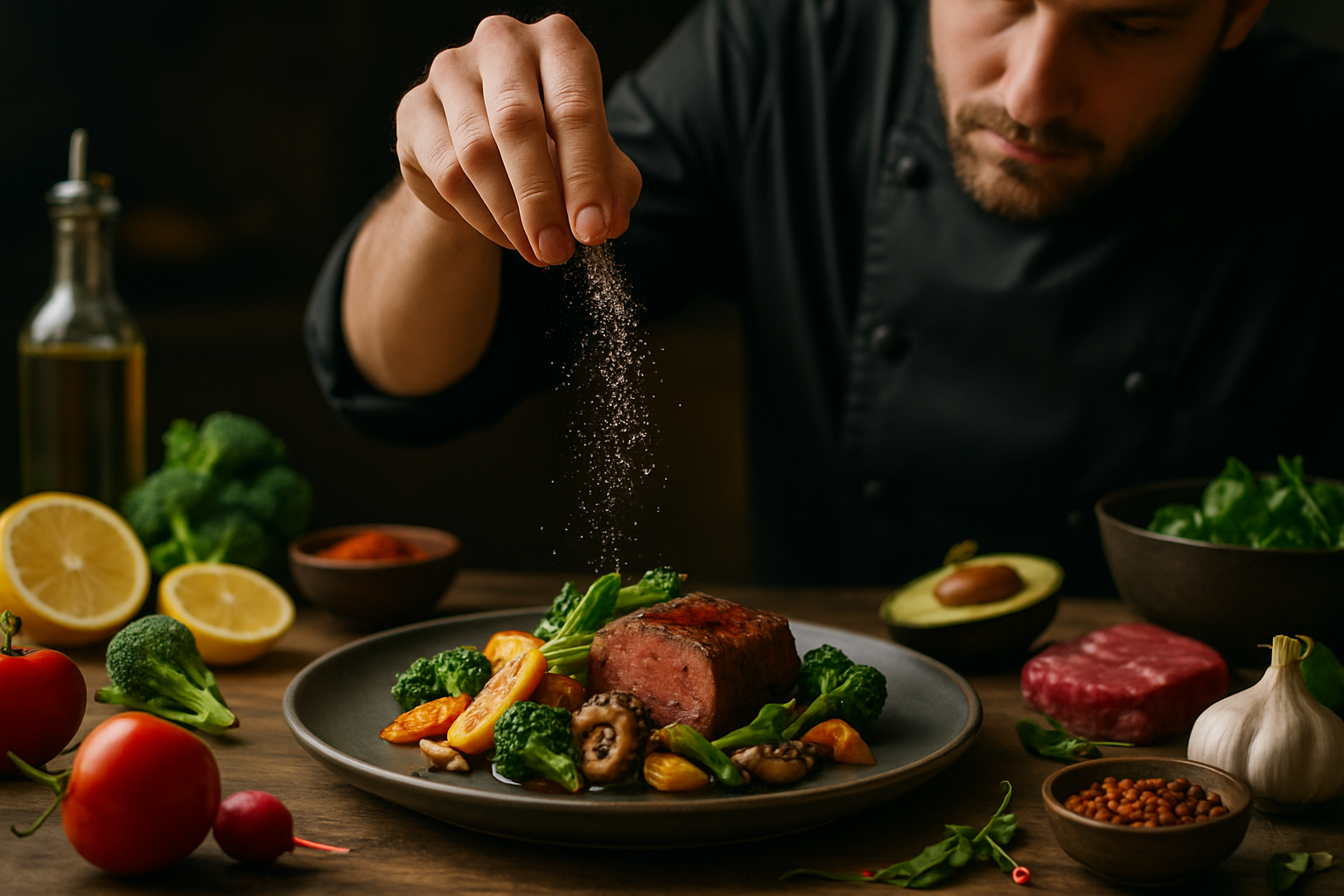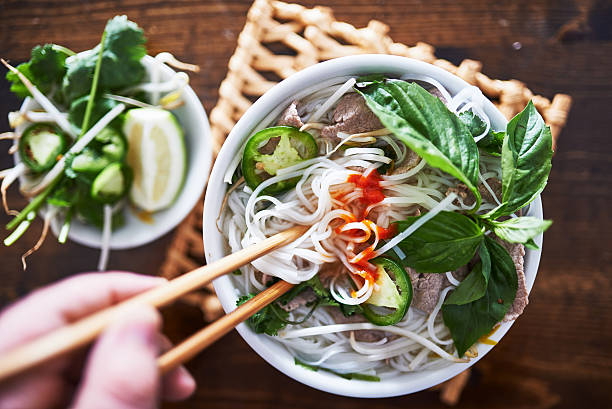Culinary Alchemy: Transforming Humble Ingredients into Gourmet Delights
Discover the art of elevating everyday ingredients into extraordinary dishes. This culinary journey explores innovative techniques and creative pairings that transform simple staples into restaurant-worthy meals. From reimagining leftovers to unlocking hidden flavors, learn how to bring gourmet flair to your home kitchen without breaking the bank.

Texture: The Unsung Hero of Gourmet Cooking
While flavor often takes center stage in culinary discussions, texture plays a crucial role in elevating dishes from ordinary to extraordinary. Introducing various textures can transform a simple meal into a gourmet experience. Consider adding crispy elements to creamy dishes, such as toasted nuts on a velvety soup, or incorporating crunchy vegetables into soft pasta dishes. Even basic ingredients like breadcrumbs can be elevated by toasting them with herbs and spices, creating a flavorful and textural topping for vegetables or proteins. Experiment with techniques like flash-frying herbs for a crispy garnish or using a vegetable peeler to create delicate shavings of hard cheeses. By paying attention to the interplay of textures, you can add complexity and interest to even the most humble ingredients.
The Art of Layering Flavors
Creating depth in your dishes is a hallmark of gourmet cooking, and it can be achieved with even the most basic ingredients. Start by building a flavor base with aromatics like onions, garlic, and celery, slowly cooking them to release their natural sweetness. Incorporate umami-rich ingredients like tomato paste, soy sauce, or anchovies to add savory depth. Herbs and spices should be added at different stages of cooking to create layers of flavor – some at the beginning for a mellow background note, and others at the end for bright, fresh accents. Don’t forget the power of acid; a splash of vinegar or citrus juice can brighten and balance a dish, making all the flavors pop. By thoughtfully layering flavors, you can transform simple ingredients into a complex and satisfying culinary experience.
Transformative Cooking Techniques
Elevating humble ingredients often comes down to the cooking techniques employed. Slow-cooking can turn tough cuts of meat into tender, flavorful dishes, while high-heat roasting can caramelize vegetables, intensifying their natural sweetness. Experiment with methods like braising, which combines both dry and moist heat to create rich, complex flavors. Sous-vide cooking can transform inexpensive cuts of meat into restaurant-quality dishes by maintaining perfect temperature control. Even simple steaming can be elevated by infusing the water with herbs, spices, or citrus peels to impart subtle flavors. Don’t overlook the power of marinades and brines, which can infuse even the most basic ingredients with deep, complex flavors. By mastering these techniques, you can unlock the hidden potential in everyday ingredients.
Presentation: The Final Touch of Gourmet Flair
The visual appeal of a dish can elevate it from homemade to haute cuisine. Even with simple ingredients, thoughtful presentation can make a significant impact. Start by considering color contrasts on the plate – a vibrant sauce can bring life to a monochromatic dish. Use herbs not just for flavor, but as a fresh, green garnish. Experiment with plating techniques like quenelles, swooshes, or stacking to add height and dimension to your dishes. Even the choice of serving vessel can transform a meal; consider using unexpected containers like mason jars for layered salads or hollowed-out vegetables as edible bowls. Remember, negative space on the plate can be as important as the food itself, creating a sense of elegance and allowing each element to shine. With attention to presentation, even the humblest of ingredients can be transformed into a visually stunning, gourmet experience.
Culinary Alchemy Tips & Facts
• Toasting spices before use can intensify their flavors and aromas
• A pinch of salt in sweet dishes can enhance overall flavor
• Umami-rich ingredients like mushrooms can add depth to vegetarian dishes
• Infusing oils with herbs or spices can add gourmet flair to simple dressings
• Browning butter before using it in baking can create a rich, nutty flavor
• Using a microplane for zesting citrus fruits can release more essential oils
Transforming humble ingredients into gourmet delights is an art that combines creativity, technique, and a dash of culinary intuition. By understanding flavor pairings, embracing diverse textures, layering flavors, mastering cooking techniques, and focusing on presentation, you can elevate even the most basic ingredients into extraordinary meals. Remember, gourmet cooking isn’t about expensive ingredients or complex recipes – it’s about approaching food with passion, curiosity, and a willingness to experiment. So, embrace your inner culinary alchemist and start turning those everyday ingredients into gold.





